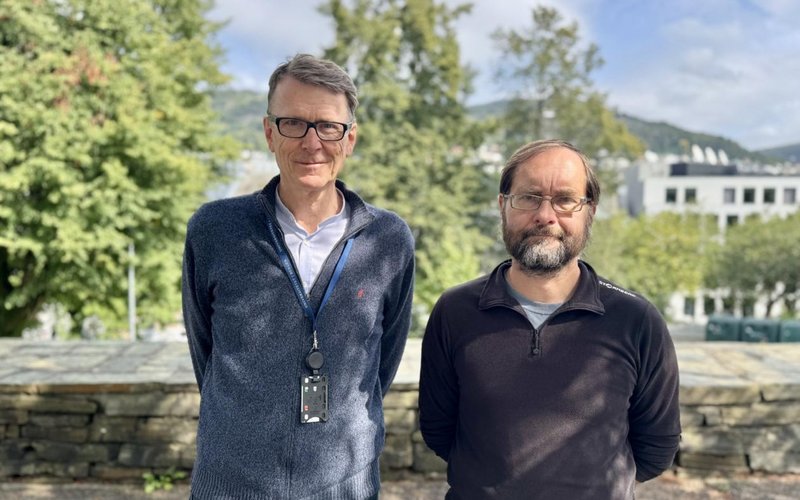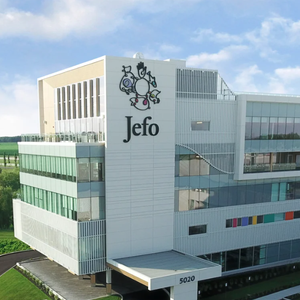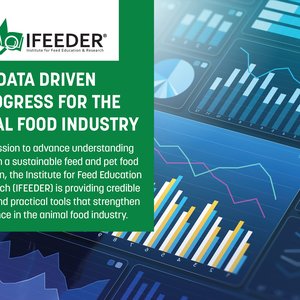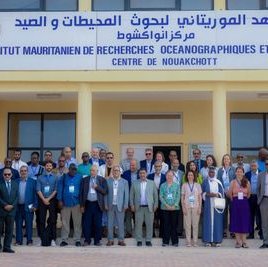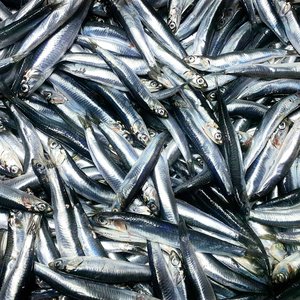Led by University of Bergen (UiB) professor Ivar Rønnestad and researcher Sergei Budaev from the Department of Biological Sciences, FishMet is an early-stage proof-of-concept venture that is exploring how years of marine physiology and behavioral research can be translated into tools for the aquaculture sector.
FishMet originated from a collaboration between UiB researchers and Vestlandets Innovasjonsselskap (VIS). The initiative centers on a digital twin model for precision aquaculture feeding strategies, aiming to help salmon and trout farming operations optimize feeding, reducing waste and improving fish welfare. Although still at a low Technology Readiness Level (TRL 5), the concept has been made available for exploratory licensing opportunities through VIS.
At its core, FishMet is a digital twin framework, a “virtual fish” that simulates appetite, digestion, metabolism, and growth by integrating biological and environmental data. Built on a conceptual model of neurophysiological feedback loops controlling fish appetite, FishMet offers a transparent, physiology-driven approach rather than relying solely on black-box machine learning methods.
The model can process inputs such as fish size, feed type and schedule, water temperature, oxygen levels, and behavior data to estimate feed intake, gut transit, growth rates, feed conversion efficiency, and even stress or motivation indicators. Designed as a modular, stochastic simulation, it can model individual fish or entire populations and is accessible via an open API and server-based deployment for testing decision-support applications.
“We aim to create a transparent digital salmon that combines AI with decades of biological knowledge, serving both as a research tool and a practical aquaculture predictor, especially in situations lacking data,” said Sergei Budaev.
Early results
Over many years, Rønnestad and Budaev’s groups have conducted extensive experimental studies on the physiological mechanisms of appetite regulation, examining how gut-brain signalling, digestion rate, and neurohormones influence feeding. These insights form the scientific foundation of FishMet’s algorithms.
Initial pilot tests have shown promising predictive accuracy, estimating gut transit times in rainbow trout (Oncorhynchus mykiss) and growth performance in Atlantic salmon (Salmo salar). While further validation is needed, the potential benefits include reduced feed waste, improved growth efficiency, and lower environmental impact in salmon farming, researchers said.
“FishMet remains an early-stage concept, but its biology-rooted transparency could give it advantages over opaque, purely data-driven systems. Future development may expand its scope to additional fish species or life-stage transitions such as smoltification or maturation control,” researchers said in a press release.


